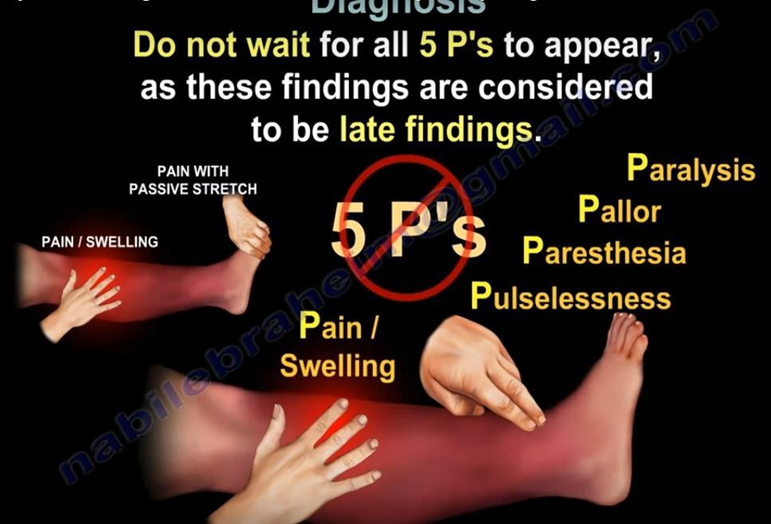A nurse in a provider's office is assessing a client who reports shoulder pain. Which of the following findings by the nurse indicates rotator cuff injury?
Negative drop arm test
Alteration in the contour of the joint
A positive Tinel's sign
Inability to abduct the arm at the shoulder
The Correct Answer is D
D. Difficulty or inability to abduct (raise out to the side) the arm at the shoulder is a classic finding in rotator cuff injuries, particularly in cases of significant tears or severe inflammation. This limitation in shoulder movement can be due to pain, weakness, or mechanical impingement caused by the injured rotator cuff.
A. The drop arm test is a physical examination maneuver used to assess for rotator cuff tears. In a negative drop arm test, the patient is able to slowly lower their arm from an abducted position (out to the side) to their side without significant pain or weakness. A negative test suggests that there may not be a complete tear of the rotator cuff.
B. Alteration in the contour of the shoulder joint could indicate various shoulder pathologies, including rotator cuff injuries. However, it is a nonspecific finding and can occur with other shoulder conditions as well.
C. Tinel's sign is a test used to assess for nerve compression or irritation. While it can be positive in conditions such as carpal tunnel syndrome, it is not typically associated with rotator cuff injuries.
Nursing Test Bank
Naxlex Comprehensive Predictor Exams
Related Questions
Correct Answer is B
Explanation
B. Muscle spasms can sometimes be triggered or exacerbated by poor positioning or pressure on certain areas of the body. Realigning the client's position will help relieve muscle spasms by reducing pressure or tension on the affected muscles.
A. Adjusting the weight amount in traction may help alleviate pain and muscle spasms by reducing tension on the affected limb. However, realignment should be done first.
C. Muscle relaxants can help alleviate muscle spasms and associated pain by reducing muscle tone and tension. However, realignment should be done first.
D. Opioid analgesics are potent pain relievers that can effectively manage moderate to severe pain, including pain from muscle spasms. However, that should not be the first intervention.
Correct Answer is B
Explanation
B. Acute compartment syndrome occurs when increased pressure within a muscle compartment compromises circulation to the muscles and nerves within that compartment. Fractures, especially those accompanied by significant soft tissue injury or bleeding, can lead to compartment syndrome.

A Osteomyelitis is an infection of the bone that can occur as a complication of fractures, particularly if the fracture is open (the bone breaks through the skin). This occurs in the later courses of an infection.
C Fat embolism syndrome occurs when fat globules from fractured bones enter the bloodstream and become lodged in small blood vessels in organs such as the lungs, brain, and skin. Increasing edema is not an early sign of fat embolism.
D Pulmonary embolism (PE) is a serious condition where a blood clot travels to the lungs and blocks blood flow. While fractures, especially long bone fractures, can increase the risk of developing blood clots, increasing edema in the fractured limb is not typically an early sign of pulmonary embolism.
Whether you are a student looking to ace your exams or a practicing nurse seeking to enhance your expertise , our nursing education contents will empower you with the confidence and competence to make a difference in the lives of patients and become a respected leader in the healthcare field.
Visit Naxlex, invest in your future and unlock endless possibilities with our unparalleled nursing education contents today
Report Wrong Answer on the Current Question
Do you disagree with the answer? If yes, what is your expected answer? Explain.
Kindly be descriptive with the issue you are facing.
